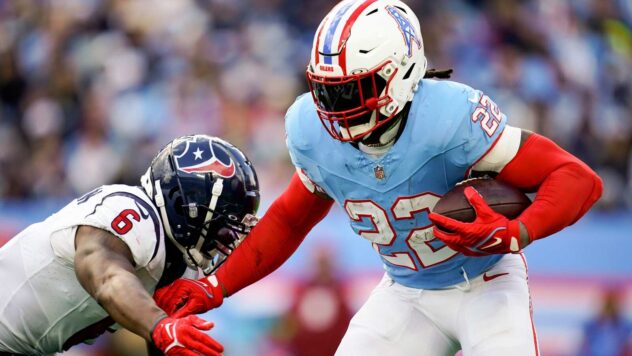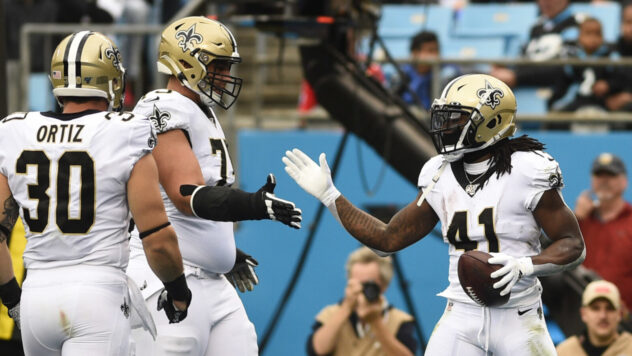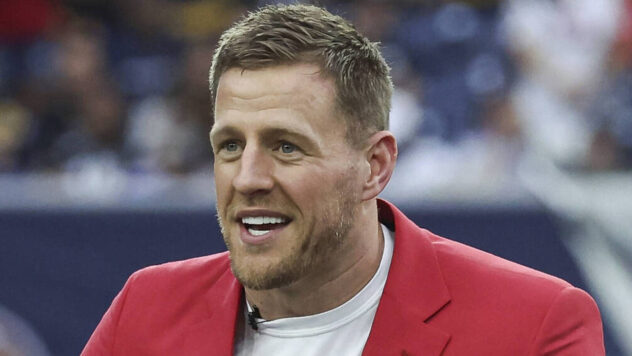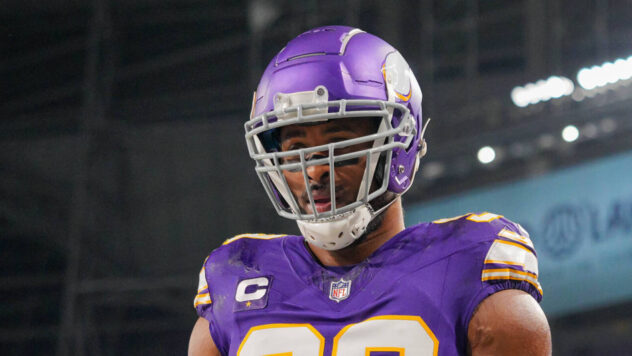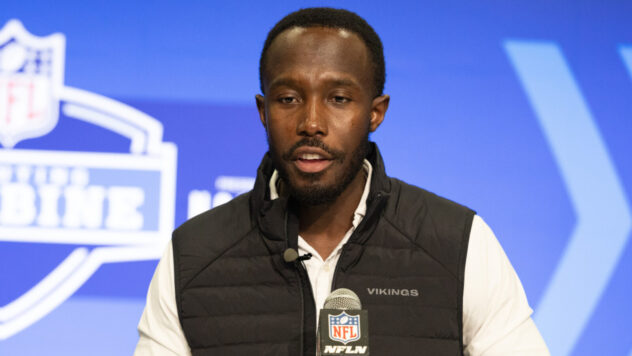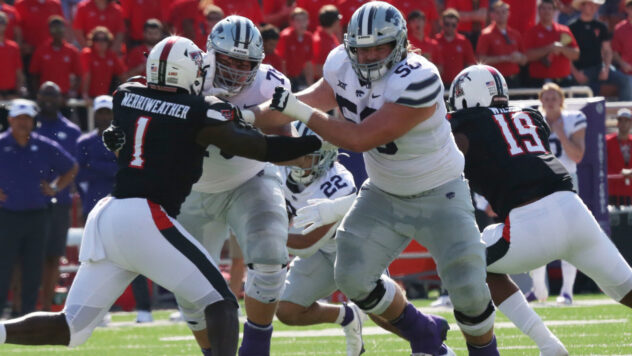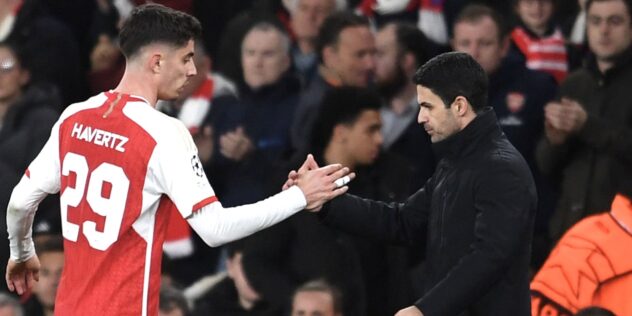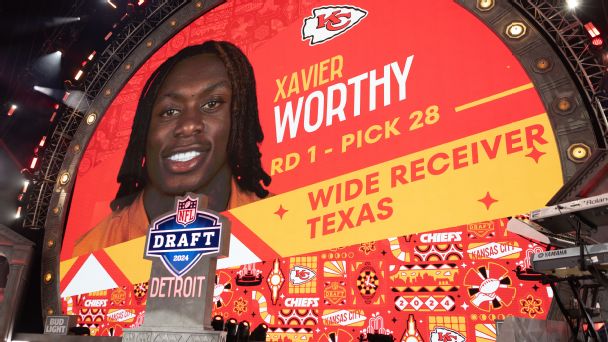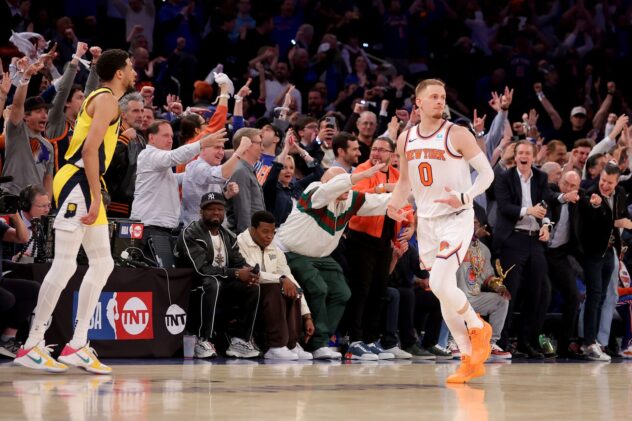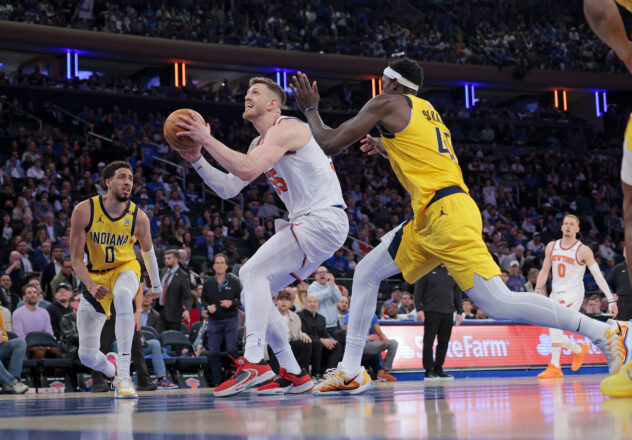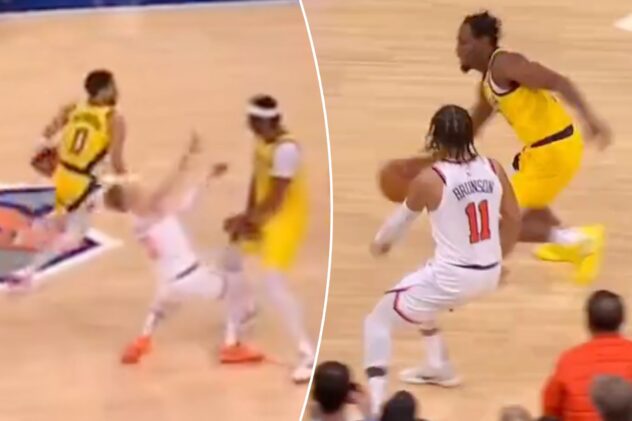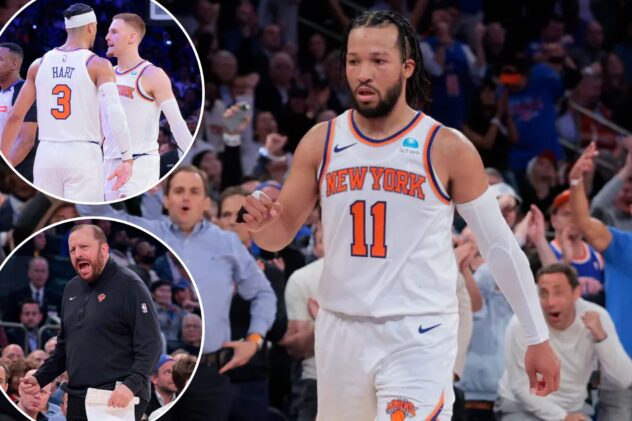Cowboys’ Best Weapon: Long Balls to CeeDee Lamb
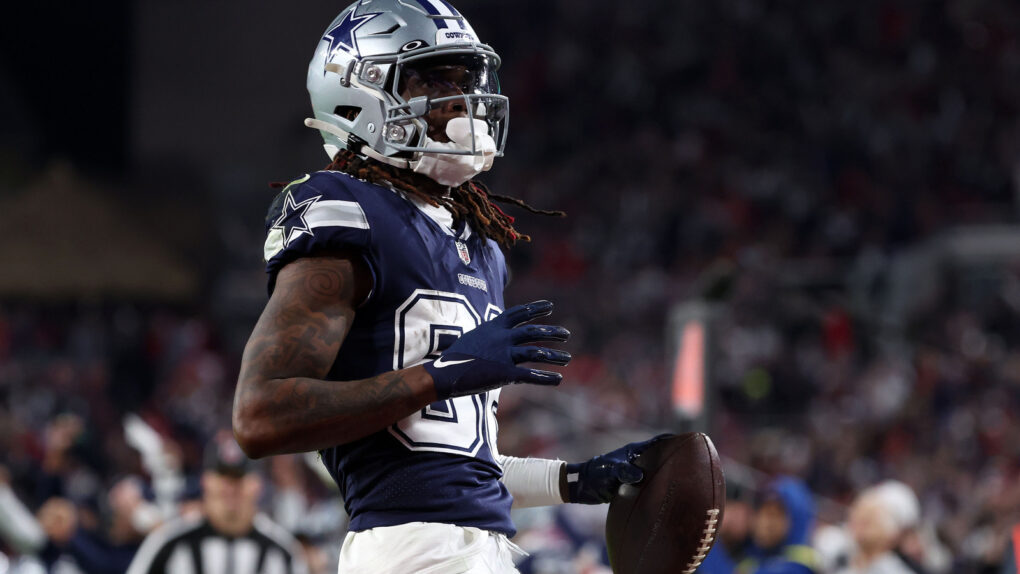
Brock Purdy had the second-best playoff game for a rookie in the history of DYAR last week. But was Purdy actually that good, or is he just riding the coattails of Shanahan’s scheme to the top?
The answer, as it almost always is, is a little of both. Purdy had some rough moments in the first half, missing some open receivers and generally looking a little rattled. He mostly calmed down in the second half, but Seattle had some success pressuring him, causing him to roll out to his left and float deep shots out of bounds. It wasn’t a terrible day by any stretch of the imagination, and certainly not worth the sky-is-falling concern that has been spreading in some circles, but Purdy’s -0.5% CPOE is somewhat less than ideal. There were moments where he looked a little lost against the Seattle front, and the Seahawks may have missed a few tricks in sending extra guys to challenge him. I think it’s fair to call it Purdy’s worst game since his first start against Tampa Bay over a month ago.
There’s two ways to look at that. One is that there is an opportunity for Dallas to pressure Purdy into making more rookie-like mistakes. He has developed a tendency of bailing from pressure to his left, and while his mobility keeps those plays alive, the Cowboys’ pass rush is on a level San Francisco has not seen during their run of success. The Cowboys are second in the league with a 52% Pass Rush Win Rate an 8.9% adjusted sack rate, both behind Philadelphia. Micah Parsons is a beast, and he’s going to best his man at least a couple times in this game, even if that’s Trent Williams in a head-to-head match that’s worth the price of admission. The Cowboys are an aggressive, downhill front, and while they slowed down some over the back half of the season, they are more than capable of blowing up a game plan all by themselves.
The matchup between Dan Quinn and Kyle Shanahan is a great one, as is the matchup between Dallas’s second-ranked pass rush and San Francisco’s third-ranked pass protection. Last year, the advantage went to Shanahan, as Jimmy Garoppolo was kept clean throughout the wild-card playoff game, but Quinn will be looking to get some revenge a year later. He likes sending Parsons, DeMarcus Lawrence and the rest of the rushers on stunts, but San Francisco has actually been in the upper tier in defending against stunts this season. That being said, Purdy has struggled to identify some pre-snap looks this season, instead relying on his mobility to scramble himself out of trouble. While that has worked so far, Quinn is a master of using personnel to disguise coverage and send pressure from different areas. Don’t expect a lot of blitzing, but expect Quinn to throw everything and the kitchen sink at Purdy, bringing pressure from strange locations and asking the rookie to adapt on the fly. Purdy hasn’t been challenged to a significant extent yet; Quinn is going to do everything in his power to make him show he can stand and deliver in less-than-ideal circumstances.
The other way to look at it, of course, is that Purdy had arguably his worst game as a passer and still managed to produce the third-biggest passing day in 49ers playoff history. Purdy managed to throw for 332 yards with 192 passing DYAR on an off day. Yes, that’s inflated because he gets to target Deebo Samuel and Brandon Aiyuk and George Kittle and Christian McCaffrey, but those guys aren’t going anywhere before Sunday’s game!
Because of the Shanahan scheme, Purdy has been given some of the easiest throws in the league. Per Next Gen Stats, he has an expected completion percentage of 69.0% this season. That’s the second-highest in the league, behind only … Jimmy Garoppolo. Against the Seahawks, about one-third of Purdy’s targets went to receivers with at least 5 yards of separation. No scheme in the league is better at getting receivers running wide-open. And Purdy, to his credit, has been finding those receivers and making the right decision week after week. He has also excelled at extending plays, giving his receivers time to find the holes and gain that separation. That’s all Shanahan really wants. His scheme gets people open, and he just wants a passer who can deliver the ball to them without throwing a couple of crazy interceptions to linebackers every game, or curling up into a ball the second the pass protection breaks down. And, for all the physical limitations Purdy has, he has been able to deliver that.
This is where things could get out of hand for the Cowboys. They’re third overall in pass defense, but they’re 32nd in covering No. 2 receivers (28.9% DVOA) and 21st covering running backs (5.3%). They have also allowed the 11th-most yards after the catch. None of these are good weaknesses against the 49ers, who move their targets all over the formation, find mismatches, and deliver short-to-intermediate passes for tons of YAC. And since Purdy has taken over, Shanahan has started working in more bootleg concepts, giving those receivers more time to work downfield. Look for the 49ers to try to isolate Anthony Barr and Leighton Vander Esch, both of whom are going to have serious issues if asked to cover McCaffrey or Samuel coming out of the backfield; they lack the lateral movement to keep up with the level of playmakers San Francisco can throw at them. Also, watch for Jayron Kearse’s health; he says he’ll be good after the knee injury he suffered in Tampa Bay, but expect the 49ers to test that early and often if he plays.
Quinn will have his work set out for him matching Shanahan’s personnel moves. With Samuel and McCaffrey being able to line up anywhere in the formation, just identifying the problem positions is already a challenge, much less figuring out how to match up against them. Quinn has a lot of experience working with Shanahan in Atlanta; there are few defensive coordinators in the league who have seen more of this offense on a daily basis. With all due respect to Prescott and Bosa, this game is far more interesting when the 49ers have the ball, as two of the best minds in the game jab at one another. Perhaps the advantage goes to the 49ers, with two extra days to prepare?
SPECIAL TEAMS
Brett Maher is good. Really, we mean it. Dallas was eighth in field goal/extra point value this season, and Maher has one of the more powerful legs in the league. There have been a number of attempts to explain just why Maher missed four extra points against Tampa Bay—the refs swiping a piece of painted grass that Bryan Anger was attempting to use as a guide on where to set up, the first kicks out of bounds requiring them to use a third K ball fresh out of the box, and so forth. Whatever the reason, Maher is better than he was on Monday, and I’d expect him to be better again this week. I mean, could he possibly be worse? At any rate, over the course of a full season, he has been significantly better than Robbie Gould; under normal circumstances, you’d favor Dallas if things came down to a last-second field goal. Under normal circumstances, that is.
This is also a battle of two of the top 11 punt returners in the league by our numbers. San Francisco has Ray-Ray McCloud, third in the league at 10.8 yards per return. He’ll be up against former USFL MVP and this year’s Pro Bowler Kavontae Turpin, just behind him at 10.4 yards per return. Our numbers slightly prefer McCloud, but Turpin has the longer punt return of the two. Either way, Mitch Wishnowsky and Bryan Anger will have their work cut out for them.
OUTLOOK
Last week, it was hard to find a way Seattle could match up against San Francisco; an upset victory there would have been more about the 49ers losing than the Seahawks winning. That is very much not the case this week. The Cowboys are the worst of the three potential matchups the 49ers could have had in the divisional round; they’d much rather be preparing for the Vikings or Buccaneers this week.
When the Cowboys are at their best, they are one of our Big Six teams, right up there with the very best of the best and a real Super Bowl contender. And on Monday night, they were pretty much the peak of what they can be, with the offense firing on all cylinders and the defense suffocating any hopes of a comeback. If they can keep Prescott clean in the pocket and muddle Purdy, and if they can hit their deep shots while limiting San Francisco’s YAC, then there’s no reason the Cowboys can’t win this game.
The problem is the Cowboys aren’t that version of the Cowboys on a consistent basis. They have fallen from a 27.8% DVOA over the first half of the season to 10.2% since Week 10; still good, but on a clear different level than the 49ers. San Francisco’s DVOA since Week 10 is 50.4%, and they have been playing their A game far more often than Dallas has been. An upset is very much on the table, but the 49ers have been the better team on a regular basis for over two months now. We project recent form will hold out, and San Francisco will advance to the NFC Championship Game.
STATS EXPLAINED
DVOA (Defense-adjusted Value Over Average) breaks down each play of the season and compares it to the NFL average based on situation and opponent. You’ll find it explained further here. Since DVOA measures ability to score, a negative DVOA indicates a better defense and worse offense, and a positive DVOA indicates a better offense and worse defense.
Team DVOA numbers incorporate all plays; since passing is generally more efficient than rushing, the average for passing is actually above 0% while the average for rushing is below 0%.
SPECIAL TEAMS numbers are different; they represent value in points of extra field position gained compared to NFL average. Field goal rating represents points scored compared to average kicker at same distances. All special teams numbers are adjusted by weather and altitude; the total is then translated into DVOA so it can be compared to offense and defense. Those numbers are explained here.
Each team is listed with DVOA for offense and defense, total along with rush and pass, and rank among the 32 teams in parentheses. (If the DVOA values are difficult to understand, it is easy to just look at the ranks.) We also list WEIGHTED DVOA (WEI DVOA), which is based on a formula which drops the value of games early in the season to get a better idea of how teams are playing now (explained here).
Each team also gets a chart showing their performance this year, game-by-game, according to total DVOA. In addition to a line showing each game, another line shows the team’s trend for the season, using a rolling average of the last five games. Note that even though the chart appears in the section for when each team has the ball, it represents total performance, not just offense.

